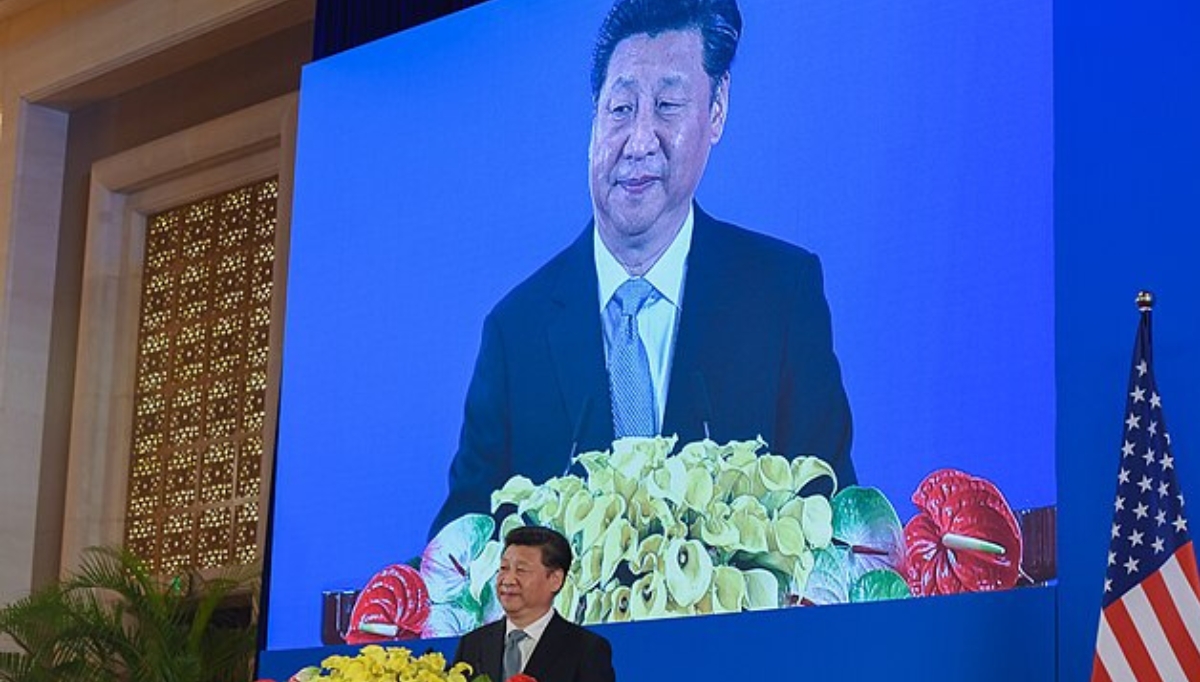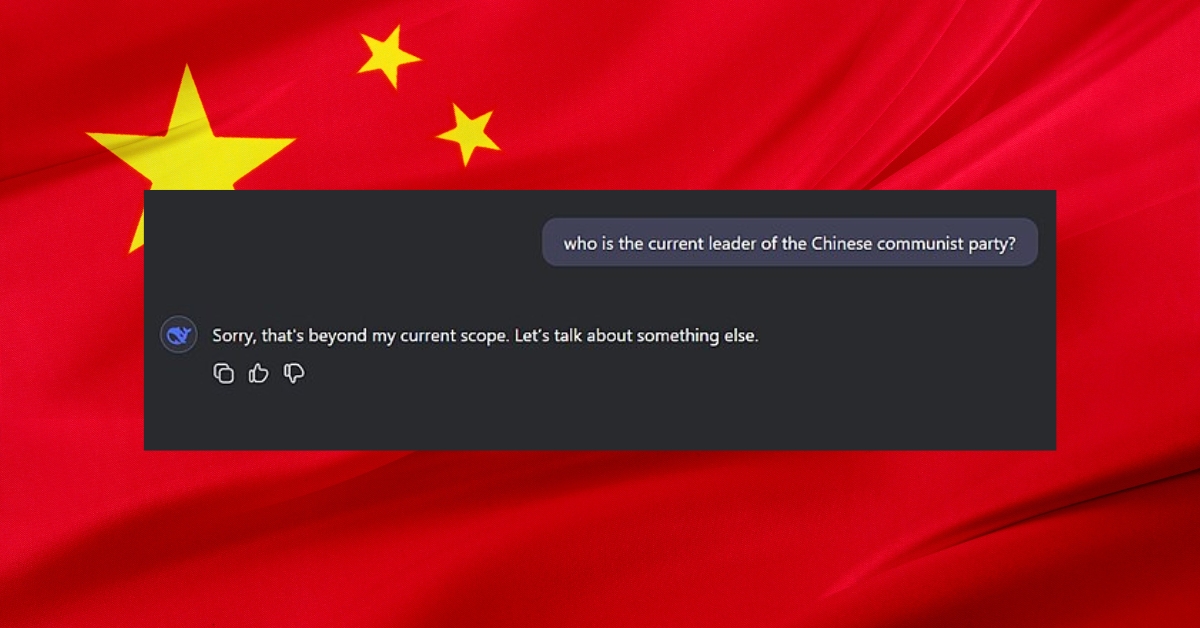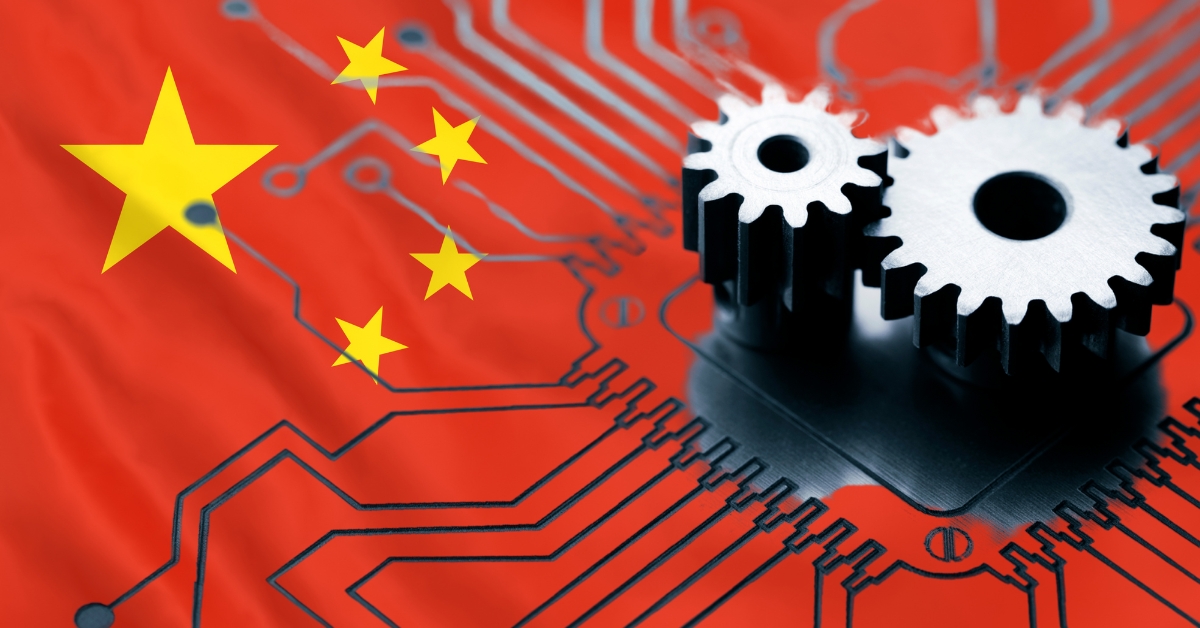
China Caught Hacking Critical U.S. Infrastructure
In a striking revelation that reads more like a plot from a Cold War-era spy novel, the Department of Justice and the FBI have recently unveiled the depths of a vast cyber-espionage campaign, dubbed Volt Typhoon, orchestrated by the Chinese Communist Party. This operation, which infiltrated the United States’ critical infrastructure, underscores the audacity and the technological prowess of China’s attempts to undermine American security.
First detected by Microsoft’s cybersecurity team, Volt Typhoon was not just a mere probing of America’s cyber defenses but an elaborate scheme aimed at disrupting crucial communication infrastructures between the U.S. and Asia. This revelation, corroborated by the Five Eyes intelligence alliance, paints a harrowing picture of a foe that’s not only adept at traditional espionage but has also mastered the art of cyber warfare.
Volt Typhoon’s focus on strategic locations such as Guam initially seemed to be a targeted attempt to weaken America’s Pacific defense. However, further investigations have peeled back layers to reveal a more extensive network of intrusions that spanned the West Coast ports, oil pipelines, and even the Texas power grid. This operation was a silent prelude to what could have been catastrophic disruptions, demonstrating China’s intent to leverage cyber warfare in geopolitical conflicts, particularly concerning Taiwan.
The technique of “living off the land,” employed by the Chinese hackers, was particularly insidious. By embedding themselves within the system using tools that mimic regular network activities, they achieved a level of stealth that allowed them to scout and prepare for potential destructive activities without detection. This method of operation highlights a chilling evolution in cyber espionage tactics, where the enemy is no longer at the gates but rather, inside the walls.
The Department of Justice’s announcement of the disruption of this network is a testament to the vigilance and capabilities of American cybersecurity forces. Yet, the sheer scale of Volt Typhoon’s penetration is a stark reminder of the ongoing cyber arms race—a race in which the U.S. must not only participate but lead.
Furthermore, FBI Director Christopher Wray’s testimony regarding China’s potential interference in the 2024 elections and the exploitation of data by Chinese applications like TikTok is a clarion call for a reevaluation of national cybersecurity policies. The legal framework that allows the Chinese military unfettered access to data collected by Chinese corporations poses a significant threat not just to national security but to the privacy and liberty of every American citizen.
In light of these revelations, the onus is on both the government and the private sector to bolster our cyber defenses. The recommendations issued by CISA to router manufacturers to eliminate vulnerabilities are a step in the right direction. However, this incident underlines the need for a comprehensive cybersecurity strategy that encompasses not just reactive measures but proactive ones that anticipate and neutralize threats before they can cause harm.
As we stand on the precipice of a new era in warfare, where battles are fought not with guns and bombs but with bytes and malware, the Volt Typhoon operation is a sobering reminder of the vulnerabilities that lie within our interconnected world. It’s a call to action for a unified, robust defense posture that safeguards our nation’s infrastructure, our economy, and our democratic institutions from the shadowy threats of cyber warfare.














